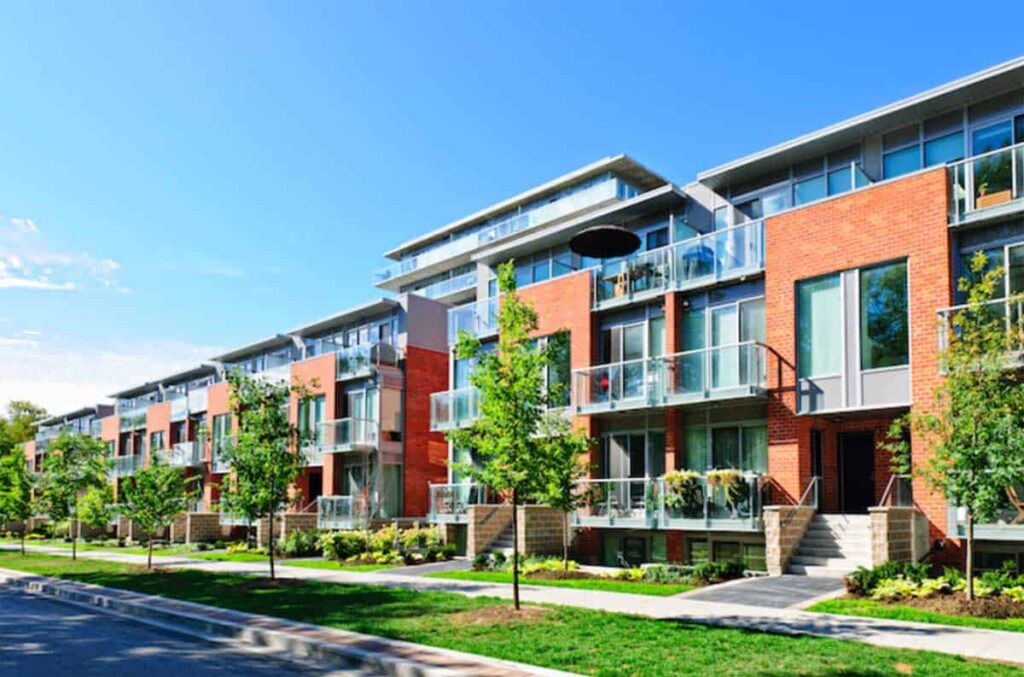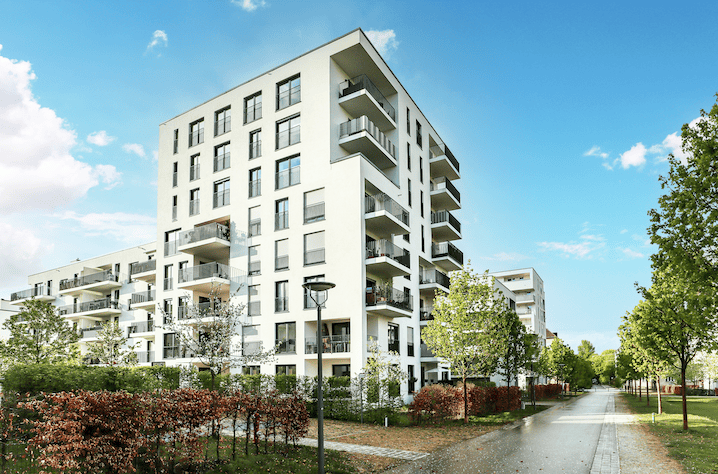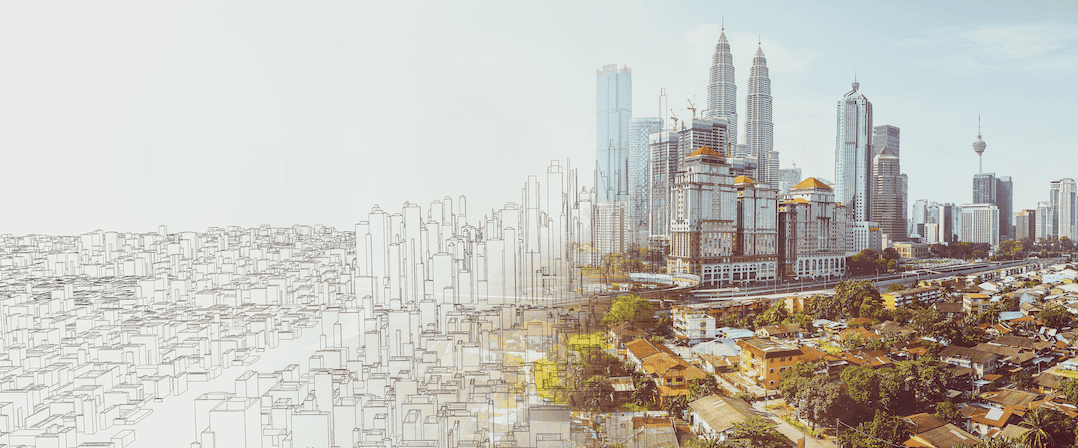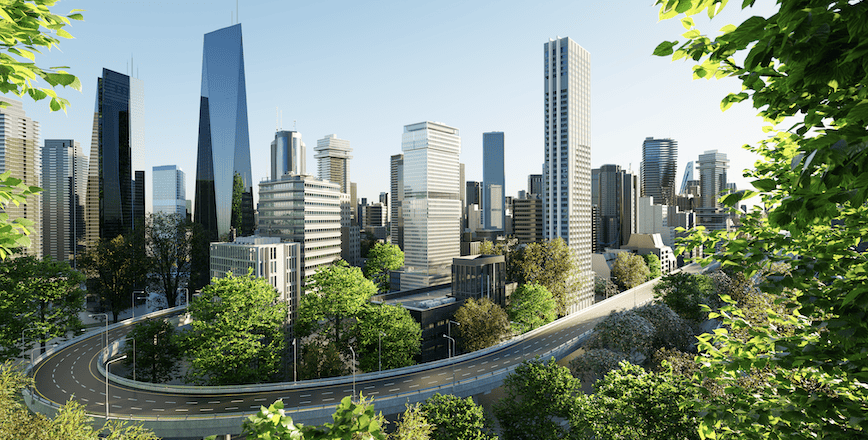Community revitalization restores the vibrancy and vitality of neighborhoods, towns, and cities. The process can be organized in effectuated by private entities like real estate developers, government agencies, non-profit organizations, or residential groups. Despite how the process is originated, the process will always require a collective effort to successfully improve and enhance the physical, economic, social, and spiritual aspects of a community.
When key stakeholders align with the right resources, motives and creativity, revitalization has the power to transform a struggling area into a thriving and prosperous place for its residents and businesses.
My intention in this blog is to explore the importance of community revitalization, the benefits it brings, examples of successful projects, steps to reviving a community, how to engage the community, funding options, challenges and obstacles, and the role of local government. My goal is to inspire others to get involved in the enhancement of their areas, and to provide a glimpse of the process and the lasting and powerful impact that revitalization can have on your community.
The Importance of Community Revitalization
Community revitalization is vital for several reasons. First and foremost, it improves the overall quality of life for residents. Neglected neighborhoods and declining communities often suffer from a lack of essential services, deteriorating infrastructure, and limited economic opportunities. Through revitalization efforts, these issues can be addressed, resulting in safer streets, better schools, improved healthcare facilities, and increased job prospects. A revitalized community fosters a sense of pride and belonging among its residents, creating a positive and supportive environment.
Community revitalization also promotes economic growth. By attracting businesses, entrepreneurs, and investors, a revitalized community can experience an economic resurgence. New businesses create job opportunities, increase tax revenue, and stimulate local spending. Additionally, community revitalization often leads to increased property values, benefiting homeowners and encouraging further investment in the area. This economic growth has a ripple effect, benefiting both residents and the community as a whole.
Additionally, community revitalization contributes to the preservation of local history and cultural heritage. Many struggling neighborhoods have a rich history and unique cultural identity that is at risk of being forgotten or lost. Through revitalization efforts, historic buildings can be restored, cultural events can be organized, and community traditions can be celebrated. This preservation of heritage not only adds character to the community but also attracts tourists and visitors, boosting the local economy.
Benefits of Community Revitalization
The benefits of community revitalization are significant, as it impacts important aspects of the lives of residents. One of the primary benefits is the creation of a safer and more secure community. As revitalization efforts improve the physical environment, such as repairing infrastructure and enhancing public spaces, crime rates tend to decrease. Safer neighborhoods foster a greater sense of security and encourage residents to engage in outdoor activities, socialize, and enjoy their surroundings.
Another significant benefit is the improved health and well-being of community members. Revitalization projects often prioritize the development of parks, recreational areas, and green spaces. These areas provide opportunities for physical exercise, relaxation, and social interaction, promoting a healthier lifestyle. Additionally, access to quality healthcare facilities and services is enhanced through revitalization, improving the overall health outcomes of residents.
Community revitalization also leads to increased educational opportunities. As struggling schools are revitalized, resources are allocated to enhance the learning environment, provide modern facilities, and attract skilled educators. This investment in education empowers the younger generation, equipping them with the knowledge and skills necessary for future success. Furthermore, a revitalized community often attracts educational institutions and training centers, offering residents a wider range of educational options.

Examples of Successful Community Revitalization Projects
Another inspiring example is the revitalization of the Historic District in Savannah, Georgia. By preserving the city’s rich history and architectural heritage, the district has become a popular tourist destination. The revitalization efforts have not only created jobs and economic opportunities but have also instilled a sense of pride among the local community.
By repurposing existing infrastructure, preserving historical sites, and enhancing public spaces, struggling communities can be rejuvenated, bringing about lasting positive change.
See my blog, “Epic Transformation”, for insights about the transformation of Greenville, SC and Laramie, WY, as well as resources and principles for transforming your community.
Steps to Reviving a Community
Reviving a community requires careful planning, coordination, and collaboration. Here are some essential steps to consider when embarking on a community revitalization project:
-
Assess the needs and strengths of the community: Conduct a thorough assessment of the community’s needs, identifying areas that require improvement and leveraging existing strengths and assets. This assessment will serve as the foundation for the revitalization plan.
-
Develop a comprehensive revitalization plan: Based on the assessment, create a revitalization plan that outlines specific goals, strategies, and timelines. The plan should address physical improvements, social programs, economic development, and community engagement.
-
Engage community members and stakeholders: Involve community members, local organizations, businesses, and government agencies in the planning and implementation process. Seek input, gather feedback, and encourage active participation to ensure the revitalization efforts align with the community’s desires and aspirations.
-
Secure funding and resources: Identify and pursue various funding sources, such as grants, loans, private investment, and government programs. Develop a comprehensive budget and seek partnerships with local businesses and organizations to leverage resources and support.
-
Implement the revitalization plan: Execute the revitalization plan in a phased approach, prioritizing key projects and initiatives. Regularly monitor progress, address challenges, and adapt strategies as needed. Collaboration and effective communication among stakeholders are critical during the implementation phase.
-
Evaluate and celebrate success: Regularly evaluate the impact of the revitalization efforts and celebrate milestones and achievements. This evaluation will help identify areas for improvement and provide insights for future community revitalization projects.
By following these steps, communities can lay the groundwork for successful revitalization and create a sustainable future for their residents.

Engaging the Community in Revitalization Efforts
Engaging the community is a fundamental aspect of community revitalization. Involving residents in the decision-making process and encouraging active participation fosters a sense of ownership and pride in the community. Here are some effective strategies for engaging the community in revitalization efforts:
-
Hold community meetings and forums: Organize public meetings and forums to gather input, share information, and gather feedback from community members. These gatherings provide an opportunity for residents to voice their concerns, suggestions, and aspirations.
-
Establish task forces and committees: Create task forces or committees composed of community members, experts, and stakeholders to address specific revitalization goals. These groups can focus on areas such as housing, economic development, parks and recreation, or cultural preservation.
-
Promote volunteerism and community involvement: Encourage residents to actively participate in revitalization projects through volunteering, contributing skills, or offering resources. By engaging individuals, families, and organizations, the community can harness the power of collective action.
-
Provide educational opportunities: Offer workshops, training sessions, and educational programs that empower community members with the knowledge and skills necessary to contribute to revitalization efforts. These opportunities can focus on topics such as urban planning, entrepreneurship, or historic preservation.
-
Utilize technology and social media: Leverage technology and social media platforms to reach a broader audience and facilitate communication. Online platforms can be used to share updates, solicit feedback, and promote community events and initiatives.
By actively engaging the community, revitalization efforts become more inclusive, effective, and sustainable. The collective power of community members drives positive change and ensures that the revitalization reflects the needs and aspirations of the people it aims to serve.
Funding Options for Community Revitalization
Funding is a critical component of community revitalization. While securing funding can be challenging, there are various options available to support revitalization projects. Here are some common funding sources:
-
Grants: Research and apply for grants offered by government agencies, foundations, and nonprofit organizations. These grants often target specific revitalization goals, such as affordable housing, environmental sustainability, or cultural preservation.
-
Loans and financing: Explore loan programs and financing options provided by financial institutions, community development organizations, or government entities. These loans can be used to fund infrastructure improvements, business development, or housing rehabilitation.
-
Public-private partnerships: Collaborate with private investors, businesses, and developers to leverage resources and funding. Public-private partnerships can provide the necessary financial support while ensuring community interests are represented.
-
Tax incentives: Investigate tax incentives and credits offered by local or state governments to encourage investment in revitalization projects. These incentives can include tax breaks for historic preservation, affordable housing development, or brownfield redevelopment.
-
Crowdfunding and community fundraising: Utilize online crowdfunding platforms or organize community fundraising events to gather financial support from community members, businesses, and supporters. These grassroots efforts can generate awareness and foster a sense of community ownership.
It is crucial to create a comprehensive funding plan that combines multiple sources and explores creative financing options. By diversifying funding sources, communities can increase the likelihood of securing the necessary resources to support their revitalization efforts.
Challenges and Obstacles in Community Revitalization
While community revitalization brings numerous benefits, it is not without its challenges and obstacles. Recognizing and addressing these challenges is essential for successful revitalization. Here are some common challenges:
-
Limited resources and funding: Securing adequate funding to support revitalization projects can be a significant obstacle. Many communities face financial constraints and struggle to attract investment. Creative financing approaches and partnerships are necessary to overcome this challenge.
-
Resistance to change: Change can be met with resistance from community members who fear losing their familiar surroundings or worry about gentrification. Effective communication, transparency, and community engagement are crucial in addressing these concerns and building trust.
-
Lack of coordination and collaboration: Revitalization efforts often involve multiple stakeholders, including residents, businesses, government agencies, and nonprofit organizations. Ensuring effective coordination and collaboration among these entities can be a complex task that requires strong leadership and clear communication channels.
-
Historical preservation and adaptive reuse: Balancing the preservation of historical buildings and cultural heritage with the need for modernization and development can be challenging. Revitalization projects must find a delicate balance that respects the past while embracing the future.
-
Sustainability and long-term maintenance: Revitalized communities must plan for the long-term maintenance and sustainability of improvements. Without proper planning, revitalization efforts can deteriorate over time, leading to a return to the previous state of decline.
By acknowledging these challenges and proactively addressing them, communities can navigate the revitalization process more effectively and ensure the long-term success of their efforts.

The Role of Local Government in Community Revitalization
Local government plays a crucial role in community revitalization, as it provides the necessary leadership, resources, and regulatory framework to support and guide revitalization efforts. Here are some key roles of local government in community revitalization:
1. Policy development and planning: Local governments are responsible for developing policies, zoning regulations, and comprehensive plans that guide revitalization efforts. These policies should align with community goals and address issues such as land use, housing, transportation, and economic development.
2. Funding and incentives: Local governments can allocate funding and provide incentives to support revitalization projects. This can include grants, loans, tax abatements, or fee waivers. By leveraging public resources, local governments can attract private investment and stimulate revitalization.
3. Coordination and collaboration: Local governments are in a unique position to facilitate coordination and collaboration among various stakeholders involved in community revitalization. They can bring together residents, businesses, nonprofit organizations, and government agencies to work towards a shared vision.
4. Regulatory support: Local governments can streamline regulatory processes, expedite permits, and provide technical support to facilitate revitalization projects. This support can reduce barriers to implementation and encourage investment.
5. Community engagement and public participation: Local governments have a responsibility to engage the community and ensure that residents have a voice in the revitalization process. This can be achieved through public meetings, forums, and advisory committees.
By actively fulfilling these roles, local governments can create an enabling environment for community revitalization, fostering collaboration, and driving positive change.
Conclusion: The Lasting Impact and Power of Community Revitalization
Community revitalization is a powerful tool for transforming struggling neighborhoods, towns, and cities into vibrant and thriving communities. By addressing physical, social, and economic challenges, community revitalization enhances the quality of life for residents, promotes economic growth, preserves cultural heritage, and fosters a sense of community pride. Successful revitalization projects such as the High Line in New York City, and the Historic District in Savannah demonstrate the transformative power of community revitalization.
Reviving a community requires careful planning, engagement, and collaboration. By involving community members in the decision-making process, securing diverse funding sources, and addressing challenges such as limited resources and resistance to change, communities can successfully implement revitalization projects. The role of local government is paramount in providing leadership, resources, and regulatory support to guide and facilitate community revitalization efforts.
As we look to the future, it is essential to recognize the lasting impact of community revitalization. By investing in the heart of our communities, we create a foundation for sustainable growth, prosperity, and well-being for generations to come. Let’s embrace the power of community revitalization and work together to revive the heart of our communities.



